2018-07-31 14:08
T.S. Lines celebrates 17th anniversary by expanding self-owned fleet
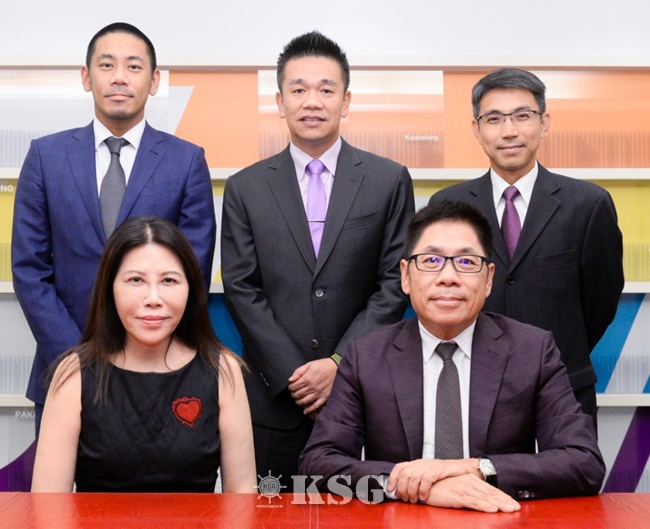
TAIWAN’s T.S Lines with a us$55million net profit in 2017, celebrated its 17th anniversary on July 6 with the acquisition of its own newbuilds.
T.S. Lines chairman T.S. Chen said the company has been expanding its self-owned fleet in the past two years to six ships. With two orders placed at Japan’s Kyokuyo Shipyard. T.S. Lines currently has six newbuilds to be delivered while expecting to own 18 to 20 vessels in five years.
Among this six self-owned ships, four of them are 1800teu Bangkokmaxes at CSBC Corporation. Taiwan (CSBC).Following the delivery of the last ship at the beginning of this year, T.S. Lines ordered two 1000TEUers at Kyokuyo Shipyard, two 1800TEU Bangkokmaxes at CSBC, and two 1096TEUers at Kyokuyo Shipyard, a total of six newbuilds.
The six ships are expected to be delivered between second half of 2019 and the middle of 2020. When the company was first established, T.S. Lines operated chartered vessels. It started to purchase ships when the operation became stable. T.S. Lines currently operates 36ships, becoming the world’s 20th biggest shipping liner at the beginning of this years.
But with vessel sharing agreements with other companies, capacity varies from month to month. Therefore, T.S. Lines is now ranked 22nd. Mr Chen said compared to improving capacity, increasing profit is more important.
In 2017, the container chipping market has shown signs of recovery. Most of the shipping liners reported good financial results, T.S. Lines’ revenue and profit of 2017 reached NT$24 billion (US$791million) and NT$1,65 billion respectively, the highest in the company’s history. But the company is facing the challenge of soaring rental price this year, due to the shortage of chartered vessels in the market.
T.S. Lines responses per day to this challenge by building up its self-owned fleet in the past two years when the ship prices were low. For example, a 1800TEU Bangkokmaxes was going for $7500-8500 per day at the beginning of 2017, but is now $13500-14000 a day.
Mr Chen anticipates that at the fourth quarter of this year when large container ships are delivered, those large container ships servicing the Europe-America trade will be deployed to intra-Asia trade lanes. This is when the rental price starts to fall. On the other hand, high bunker prices will increase operational costs. Despite the severe environment, T.S. Lines’ profit in the first half of this year is estimated to be $18 million.
Recently, the shipping companies respond to the high cost of fuel by levying emergency bunker surcharges of raising freight rates. With the peak season in second half of the year approaching, the company expects 2018 profit to reach $40 million.
“In the future, T.S. Lines will continue to establish close partnerships with ocean carriers from all over the world. Through these cooperations, we can improve the capacity of all services and expand our network.” Mr Chen said.
< Korea Shipping Gazette >





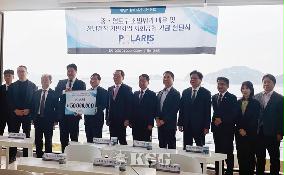

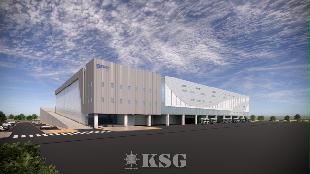
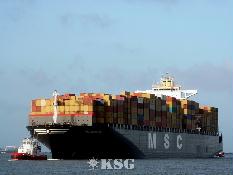
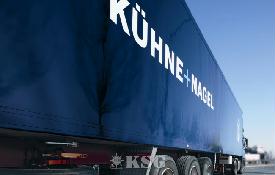


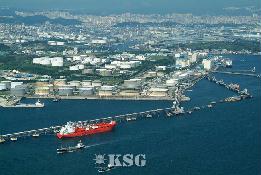
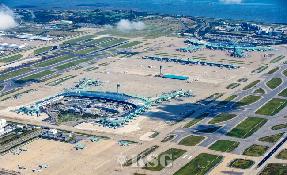
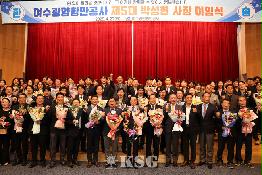
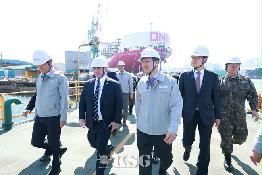
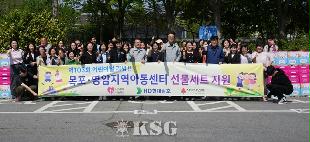
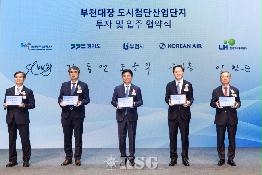
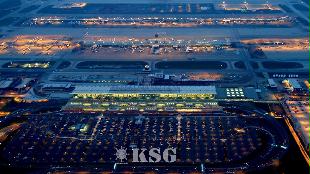
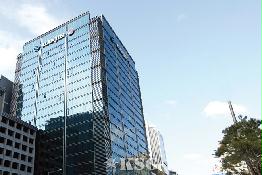
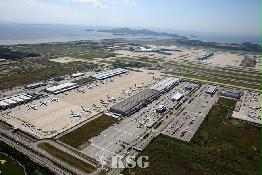
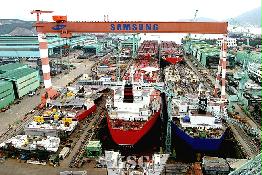
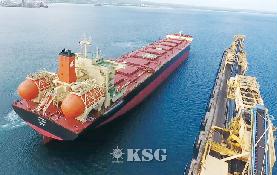
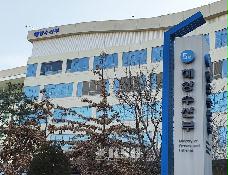
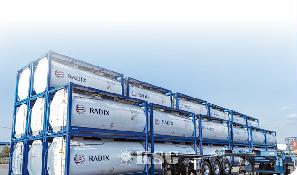
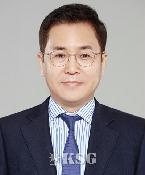
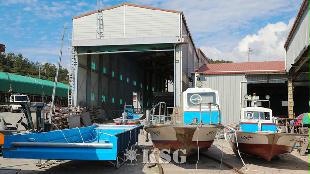
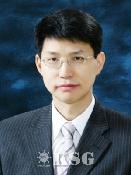
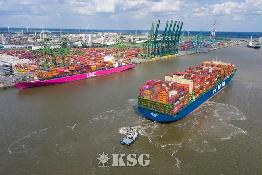
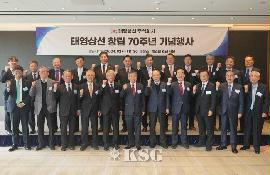
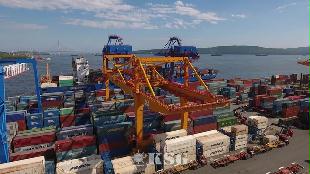

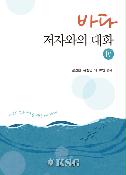





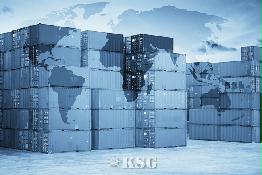
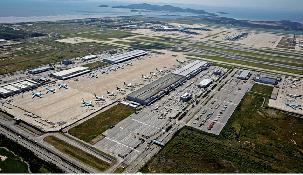
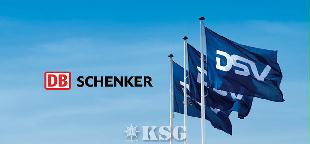
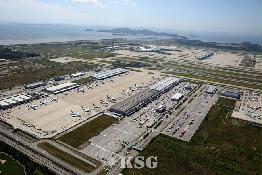
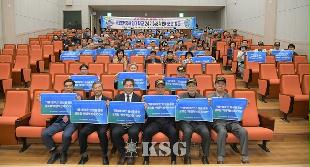





















0/250
확인